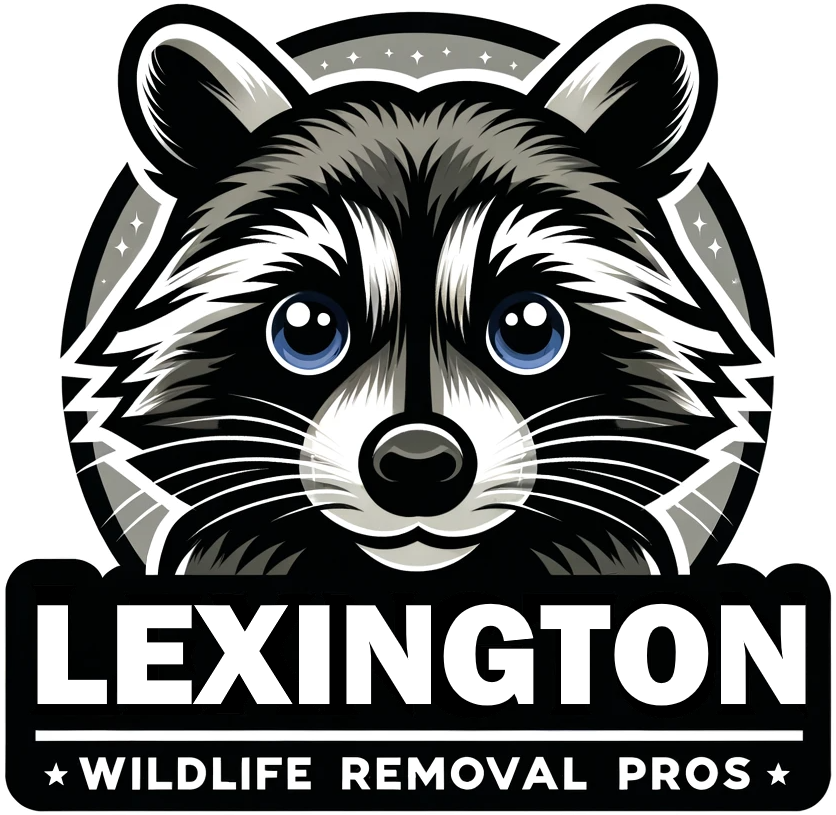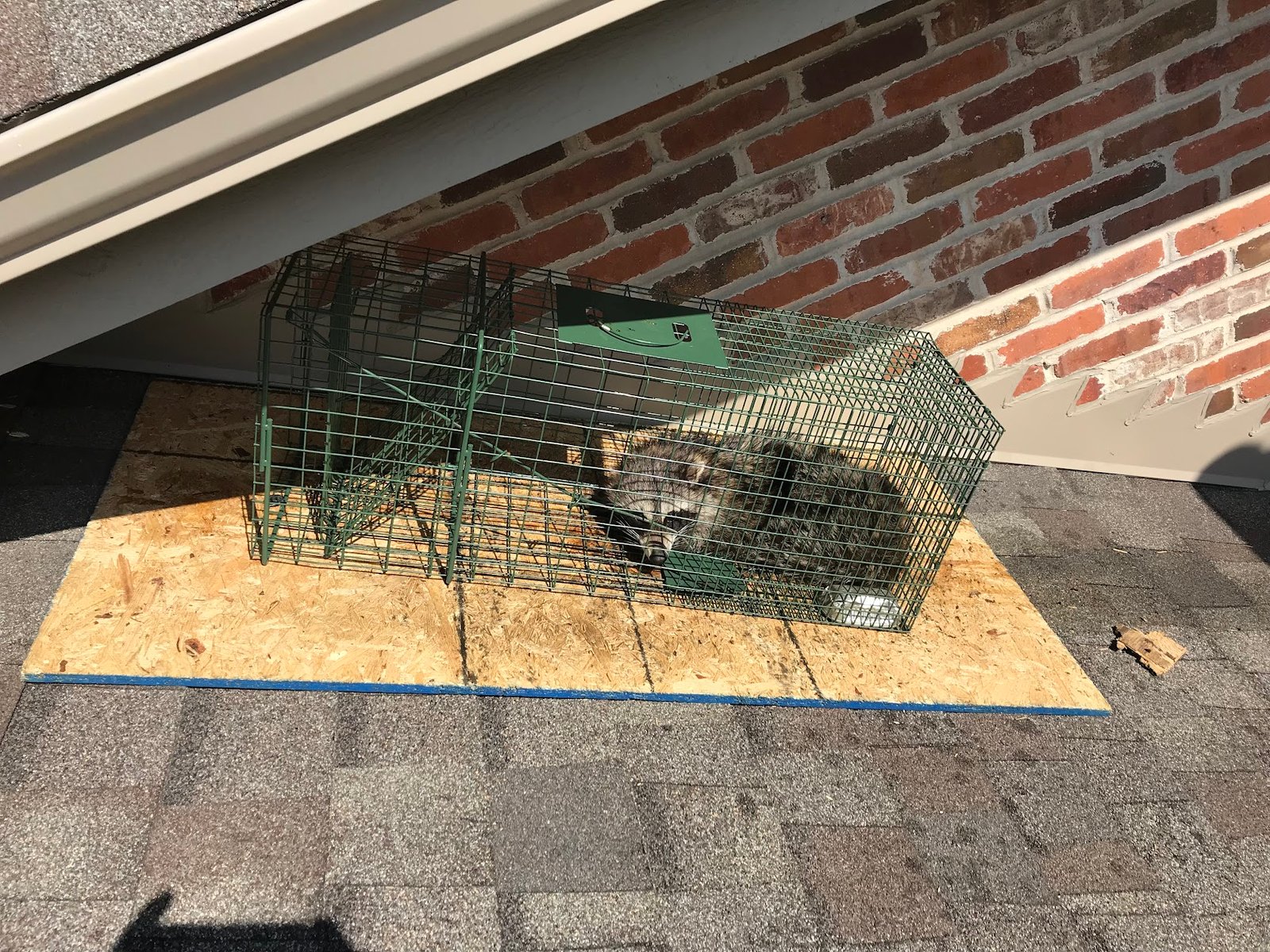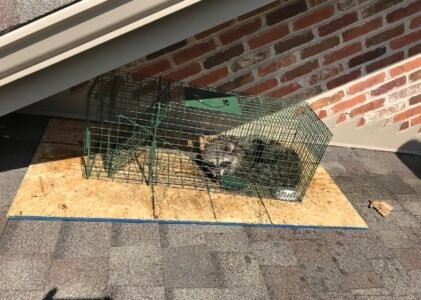Professional Animal Removal Vs DIY Wildlife Control

1. Expertise and Experience: Professional wildlife removal companies have the knowledge and experience to safely and effectively remove wildlife from your property. They understand animal behavior and know the most effective methods for removal without causing harm to the animals or risking harm to humans.
2. Safety: Wildlife removal can be dangerous, especially when dealing with potentially aggressive animals such as raccoons, snakes, or bats. Professional wildlife removal companies have the necessary training and equipment to handle these situations safely, reducing the risk of injury to both humans and animals.
3. Legal Compliance: Many wild animals are protected by laws and regulations, and removing them without following proper procedures can result in legal consequences. Professional wildlife removal companies are familiar with these laws and will ensure that the removal is done in compliance with regulations.
4. Humane Treatment: Professional wildlife removal companies prioritize the humane treatment of animals. They will use ethical and non-lethal methods to remove wildlife from your property, ensuring that the animals are not harmed in the process.
5. Prevention of Recurrence: Professional wildlife removal companies can also provide recommendations and services to prevent future wildlife infestations, such as sealing entry points and implementing deterrent measures.
6. Health Risks: Many wild animals can carry diseases or parasites that pose health risks to humans. Professional wildlife removal companies have the knowledge and equipment to handle these situations safely and minimize the risk of disease transmission.
Overall, hiring a professional wildlife removal company ensures that the removal process is conducted safely, legally, and humanely, with a lower risk of injury or potential legal issues compared to attempting a DIY removal.
Read some of our recent wildlife articles
1. Animal Proofing Your Deck: Preventing Skunks and Other Wildlife
This article discusses methods to prevent skunks and other wildlife from accessing your deck, including sealing off entry points and using deterrents.
2. Dangers and Treatment for Copperhead Bites
This article outlines the dangers of copperhead snake bites and provides information on how to treat them, emphasizing the importance of seeking medical attention.
3. Dangers of Bats in the Attic and Diseases
The article highlights the risks associated with bats in the attic, including the spread of diseases such as rabies, and offers guidance on safe removal and prevention.
4. How to Prevent Wildlife in the Attic Without Using Deterrents
This piece offers alternative methods for preventing wildlife from entering the attic without relying on deterrents, such as sealing off entry points and trimming trees.
5. Kentucky Wildlife Removal Laws
This article educates readers on the laws and regulations governing wildlife removal in Kentucky, emphasizing the importance of humane and legal practices.
6. Nuisance Raccoon Damages to an Attic and Remediation
The article details the damages caused by raccoons in the attic and provides solutions for remediation, focusing on repairing entry points and removing waste.
7. Preventing Squirrels from Going in the Attic
This article presents strategies for preventing squirrels from entering the attic, including trimming overhanging branches and sealing off potential entry points.
8. The Benefits of Opossums in Your Yard
This piece explores the positive aspects of having opossums in your yard, such as their role in controlling pest populations and their low risk of transmitting diseases.
9. The Dangers Nuisance Wildlife Presents to Pets
This article sheds light on the potential threats that nuisance wildlife pose to pets, including physical harm and transmission of diseases, and offers tips for protection.
10. Types of Nuisance Wildlife in Lexington Kentucky
The article provides an overview of the various types of nuisance wildlife commonly encountered in Lexington, Kentucky, including raccoons, skunks, and bats.




